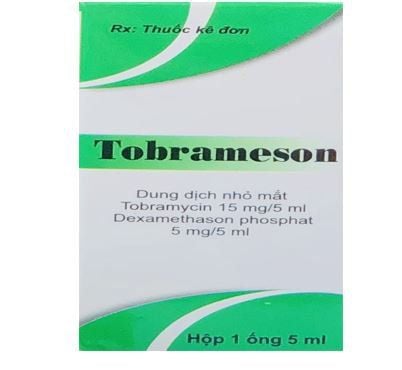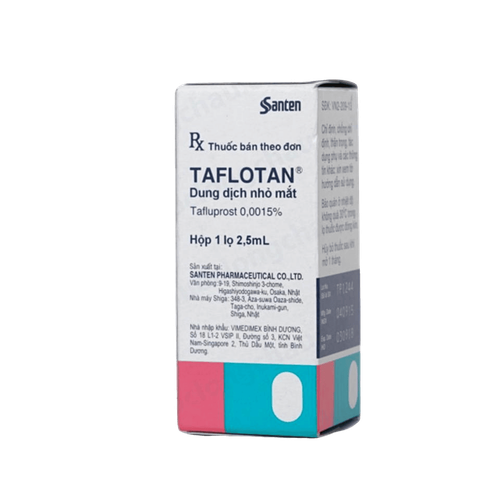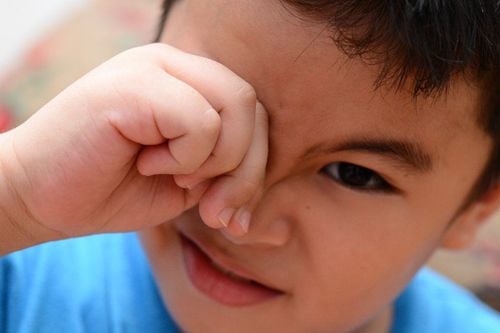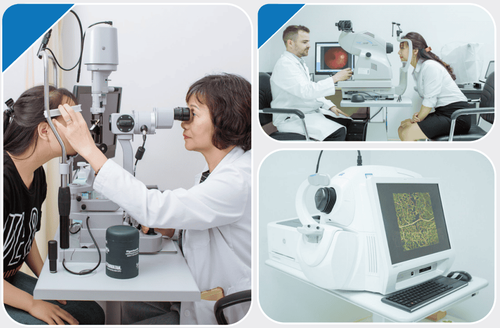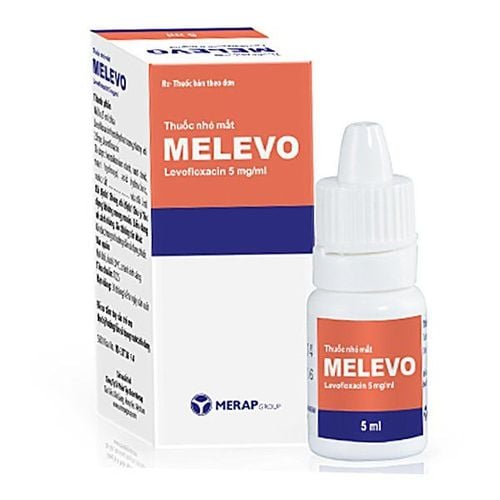This is an automatically translated article.
This article is professionally consulted by Master, Doctor Hoang Thanh Nga - Ophthalmologist - Department of Medical Examination and Internal Medicine - Vinmec Ha Long International General Hospital.Eye styes or droopy eyes is one of the most common eye diseases. Eye stye is an inflammatory disease in the eyelids that causes pain, redness, and edema affecting the patient's daily activities.
1. What is an eye stye?
1.1 Squint Eye stye is an acute blepharitis caused by a staphylococcal infection, usually appearing on the eyelids. The stye is located close to the eyelid margin and adheres tightly to the skin, often feels like grit inside the eye, causing the eyelids to be red, swollen, itchy and painful. Eye styes can appear on the upper eyelid as the upper eyelid stye, the lower eyelid as the lower eyelid stye.Eye styes often have pus, look like a boil, will collapse after the pus breaks, but often recur in other places on the eyelid margin. Eye styes usually do not affect vision. People divide styes into several types:
Extra eyelid stye : Stomach grows outside the eyelid margin, mostly caused by an infection from the Zeiss gland Intra eyelid stye : A stye grows inside the eyelid margin, caused by an infection from the Meibomius gland Multi. stye: There are many styes on one or both eyelids, or both eyes. Symptoms of styes include:
Redness Swollen eyelids May water, ooze Sensitivity to light. 1.2 Cleft eyelids Cleft palate is swelling of the eyelids, caused by blockage of the oil glands in the eyelids. Eyes may become blurred if the swelling is too large. It usually lasts about 2-8 weeks on the eye, but in rare cases it lasts longer.
Clefts are usually more swollen than styes , but are less painful and even painless. If the stye in the eyelid does not heal and collapse completely, the swelling can become blocked and cause a chalazion complication.
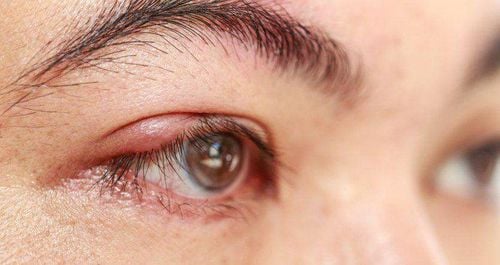
Chắp thường sưng to hơn lẹo mắt nhưng ít đau hơn lẹo mắt
2. Causes of chafing, stye
Eye styes are often confused with chalazion. Ulcers are formed from an infection in the base of the eyelashes, so they often feel painful and uncomfortable. Styes can also be caused by widespread inflammation from an existing blepharitis, or in infected sebaceous ducts.Clefts are formed from the blockage of the sebaceous glands of the eyelids, so they do not cause pain. Cleft is a complication of stye if not completely cured, due to the compression of the glands.
3. Treatment of styes and eyelids
The treatment for styes and chalazions will depend on the severity of the damage. Some methods of reducing the discomfort of styes and chafings include:Heat: to relieve pain in styes and chafings, by using a clean cloth or disposable cotton pad dipped in very warm water or warm salt water. Place on eyelids for about 10 minutes, 3-5 times a day. Moisture will reduce inflammation and congestion in the oil glands on the eyelids. Can be gently massaged around the eyes. Use of medication: use eye drops or antibiotic ointment specializing in stye and chalazion to reduce inflammation and reduce swelling, as prescribed by the doctor. To reduce pain and swelling, you can inject steroids into the swelling as prescribed by your doctor.
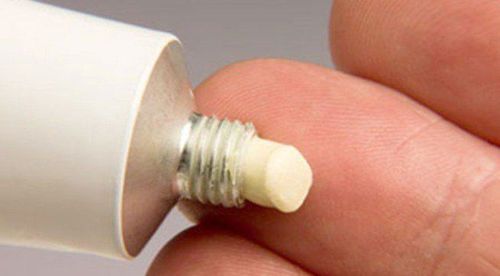
Có thể sử dụng các loại thuốc mỡ kháng sinh chuyên trị lẹo và chắp để giảm sưng
Wash your hands thoroughly before touching the eye area to apply the medicine. Do not use contact lenses, do not wear makeup when having styes and chalazion Absolutely do not arbitrarily squeeze pus or apply antibiotics without the guidance of a doctor. Because it can make the condition worse and spread to other parts of the eyelid. Patients with frequent chalazion and recurrent stye should go for a biopsy to find the cause. Your ophthalmologist will use the biopsies to determine if the cause is actually another serious eye condition or disease. With 10 years of experience in the field of Ophthalmology, she used to work at Thai Nguyen Central Hospital and held the position of deputy head of the department and in charge of the Department of Ophthalmology at Thai Nguyen University of Medicine and Pharmacy. Master Hoang Thanh Nga has a lot of experience in the field of examination and treatment of eye diseases. Currently, he is an Ophthalmologist at the Department of General Internal Medicine, Vinmec Ha Long International General Hospital.
MORE:
Instructions to care for people with blepharitis How is blepharitis treated? 8 ways to treat dark eyes caused by lack of sleep
Please dial HOTLINE for more information or register for an appointment HERE. Download MyVinmec app to make appointments faster and to manage your bookings easily.




